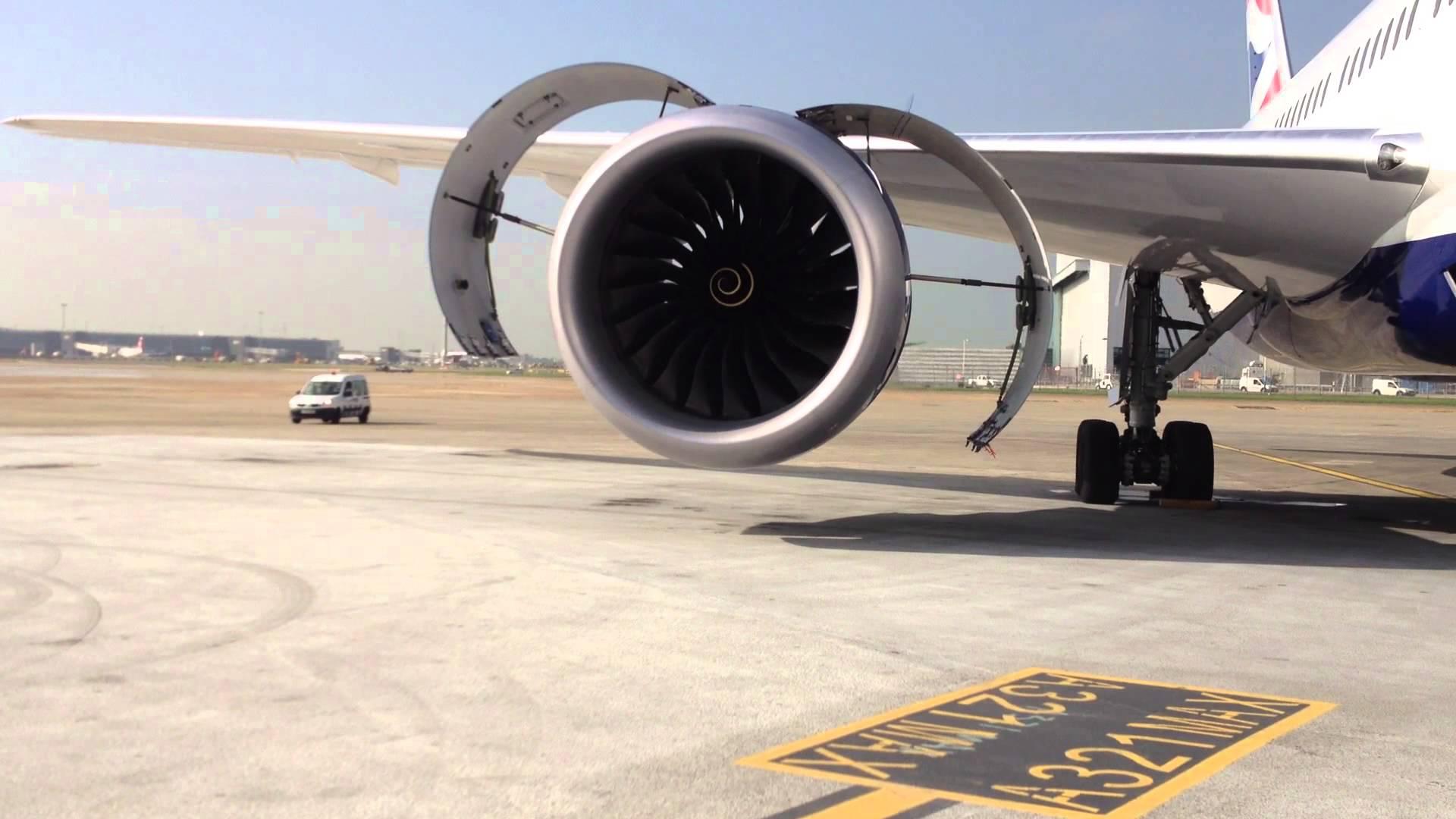
Rolls-Royce recorded a 14% increase in services revenue, to £4.86 billion, for its civil engine business in 2019 as invoiced flying hours increased 7%.
Most of that revenue, £3.2 billion, came from widebody engine maintenance, while business jet engines, regional jet engines and the V2500 contributed the rest.
Within the installed widebody fleet, the Trent 700 is the main services contributor, both because of its age and numbers, with the type comprising a third of Rolls-Royce’s installed base.
Original equipment sales, meanwhile, totaled £3.25 billion, a 4% increase on 2018, as the OEM delivered 510 widebody engines.
However, 2019’s overall results were compromised again by the ongoing problems of the Trent 1000, which forced the company to recognize an exceptional charge of £1.36 billion in the year.
That said, Rolls-Royce sees light at the end of the tunnel, and hopes that the number of 787s grounded due to Trent 1000 durability problems will be down to “single digits” by the end of the second quarter.
“We have now designed eight of the nine component fixes required, seven of which have been certified,” it stated.
The intermediate-pressure turbine fix is now fitted to almost 100% of the in-service fleet across all engine variants. The revised intermediate compressor has now been fitted to over 50% of package C engine variants and has now been certified for the Trent 1000 TEN variant with the package B planned for the second half of 2020.
Roll-out of the revised high-pressure turbine blade has been embodied into almost half of package B and C engine variants and design work for the Trent 1000 TEN high-pressure turbine blade is expected in the first half of 2021.
However, increased costs associated with Rolls’ revised estimate for HP turbine blade durability on the Trent 1000 TEN has impacted future margins on Trent 1000 contracts, and will see a small number of these become loss making.





